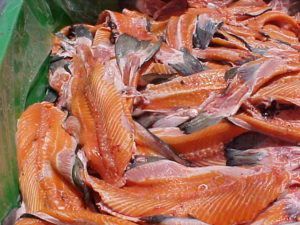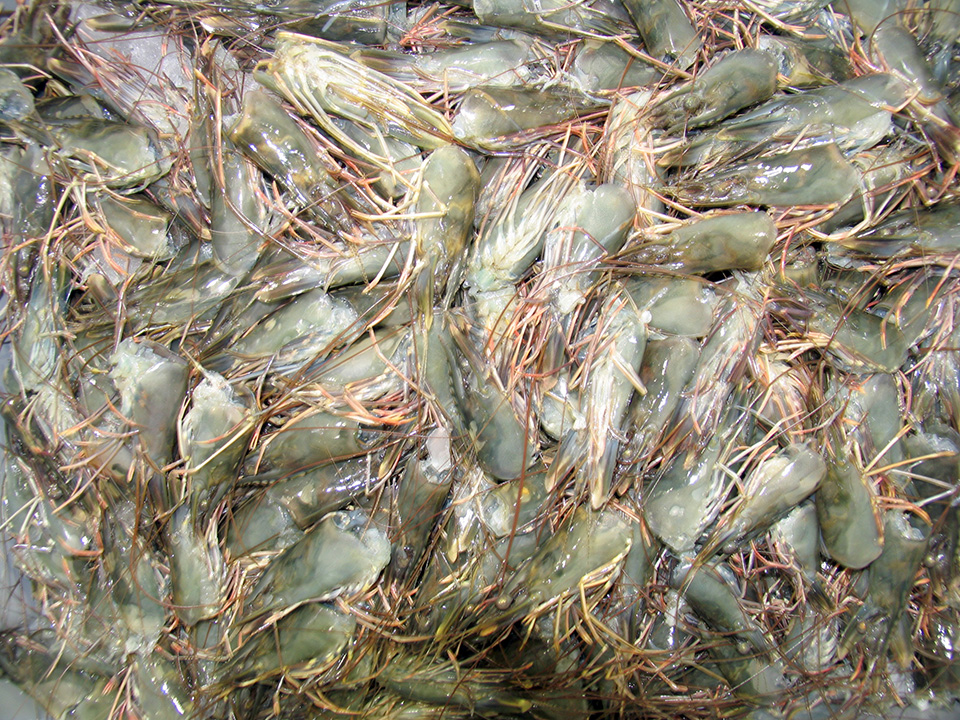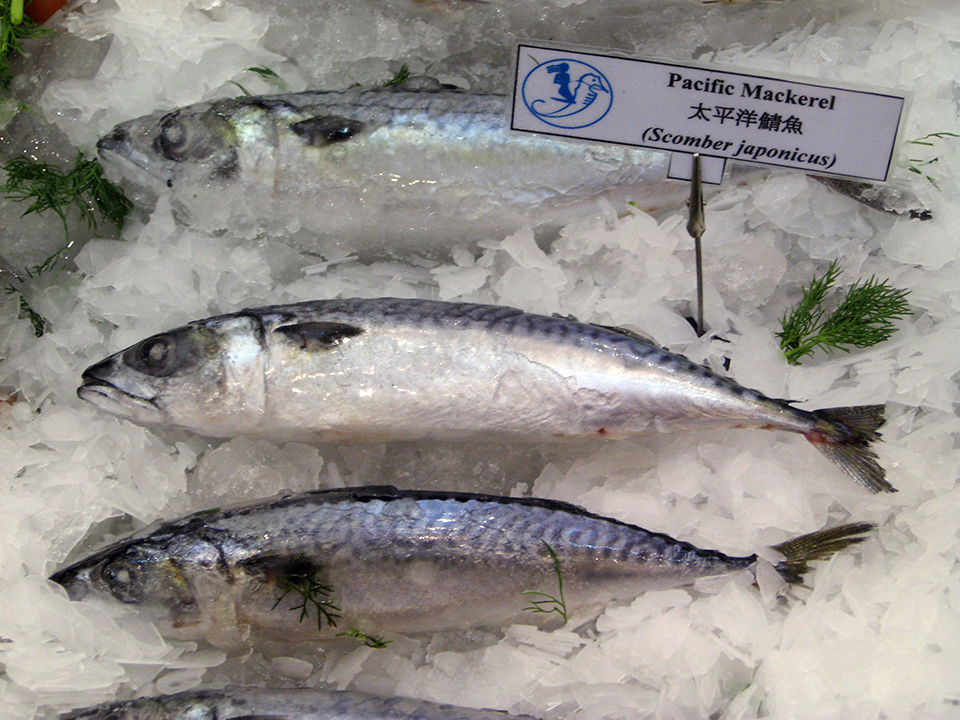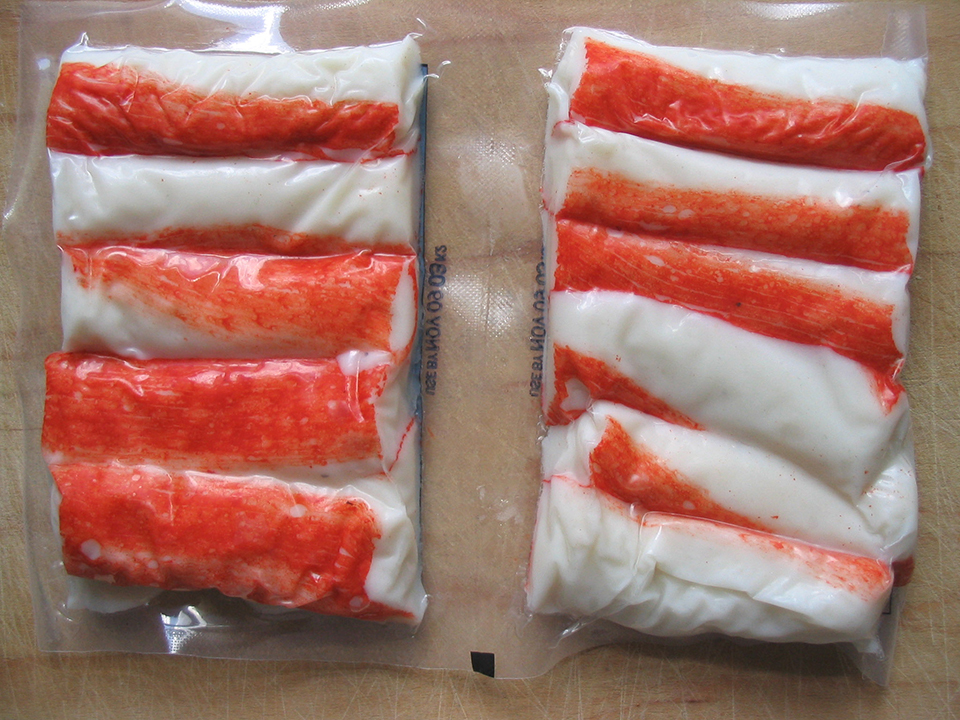Enzymatic, chemical production of fish protein hydrolysates

With a dramatically increasing world population, there is rising demand for protein and an accompanying focus on underutilized protein sources. This global need presents an opportunity to apply aquacultured and wild fish resources more intelligently.
Novel processing methods are required to convert seafood by-products into more profitable and marketable products. Recent publications have identified a number of bioactive compounds from fish muscle protein, collagen, gelatin, oil, bone, various enzymes and internal organs that remain after processing. These byproducts are important bioresources that might be used for applications in food, healthcare products and pharmaceuticals, or as specialty feeds for fish and other animals.
Currently, the majority of fishery by-products are used to produce fish oil, fishmeal, fertilizer, pet food and fish silage. However, most of these recycled products are of low economic value. Fish protein hydrolysate obtained from viscera (one of the most important by-products), processing wastes and fish discards can be used as an ingredient in food industries to provide whipping, gelling and texturing properties.
Enzymatic production of hydrolysates
Proteins from fish-processing by-products can be modified to improve their quality and functional characteristics through enzymatic hydrolysis. By applying enzyme technology for protein recovery in fish processing, it may be possible to produce a broad spectrum of food or other higher-valued ingredients, and improve the functional and nutritional properties of protein.
Proteolytic enzymes constitute one of the most important groups of commercial enzymes, which have ample utilization in industrial processes. Biochemical production of fish protein hydrolysates can be performed through an autolytic process by endogenous enzymes or an accelerated and controllable method using exogenous enzymes.
Many commercial enzymes, which include enzymes from microbial origins, have been reported for application in the hydrolysis of fish proteins. In comparison to animal- or plant-derived enzymes, microbial enzymes offer several advantages, including a wide variety of available catalytic activities, greater pH and temperature stabilities.
In the process of hydrolyzation, proteolytic enzymes produce two distinguishable fractions, soluble and insoluble. The insoluble fraction can be used as animal feed, and the soluble fraction, which contains the hydrolyzed protein, can be converted into a valued ingredient, incorporated into a food or healthcare product, or used as a nitrogen source for microbial growth.
The variables with the most important impacts in this complex enzymatic reaction are enzyme concentration, protease specificity, pH, the temperature of the reaction, the nature of the protein substrate and the degree of hydrolysis obtained.
Chemical production of hydrolysates
Chemical hydrolysis of proteins achieved by cleaving peptide bonds with an acid or base is another way to produce fish protein hydrolysates. Several processes have been proposed for the acid or alkaline hydrolysis of fish, a popular approach because the processes are relatively inexpensive and do not require advanced technology. However, there are limitations to the development of food ingredients using these processes.
Chemical hydrolysis is difficult to control and almost invariably leads to products with variable chemical compositions and functional properties. Hydrolysis using strong chemicals and solvents is customarily performed at elevated temperatures and pH, and generally yields products with reduced nutritional qualities and functionality that are restricted to uses as flavor enhancers.
Acid hydrolysis of proteins is used more commonly than hydrolysis under alkaline conditions. Although the process is destructive to the raw material and difficult to control, it is still a preferred method. Acid hydrolysis of fish proteins has usually involved a reaction with hydrochloric acid or sulphuric acid in which proteins are completely hydrolyzed at high temperatures with or without the application of high pressure.
The use of alkali reactants, most commonly sodium hydroxide, to hydrolyze fish proteins often results in poor functionality and degradation of the nutritional quality of the hydrolysate. Despite its disadvantages, processing with alkali reactants is significantly used for the production of protein hydrolysates. During alkaline hydrolysis of fish protein, rapid cleavage to large water-soluble polypeptides occurs, followed by a slower rate.
(Editor’s Note: This article was originally published in the January/February 2013 print edition of the Global Aquaculture Advocate.)
Now that you've reached the end of the article ...
… please consider supporting GSA’s mission to advance responsible seafood practices through education, advocacy and third-party assurances. The Advocate aims to document the evolution of responsible seafood practices and share the expansive knowledge of our vast network of contributors.
By becoming a Global Seafood Alliance member, you’re ensuring that all of the pre-competitive work we do through member benefits, resources and events can continue. Individual membership costs just $50 a year.
Not a GSA member? Join us.
Author
-

George J. Flick, Jr., Ph.D.
University Distinguished Professor
Food Science and Technology Department
Center for Applied Health Sciences
Duck Pond Drive
Virginia Tech (0418)
Blacksburg, Virginia 24061 USA
Tagged With
Related Posts

Intelligence
Byproduct utilization for increased profitability, part 4
Protein hydrolysates can be produced by acid, base or enzymatic hydrolysis processes. Acid hydrolysis produces salt that makes the product unsuitable for food and destroys some essential amino acids. An optimum process for one fish or shellfish by-product may not be optimum for another.

Intelligence
Byproduct utilization for increased profitability, part 5
Fish protein hydrolysates have been used in the food industry for the development of antioxidants, emulsifiers, flavoring agents, anti-bacterial agents and feed. As natural products, they have a growing acceptance, since natural products are preferred by some consumers over industrial products.

Intelligence
Byproduct utilization for increased profitability, part 1
Protease enzymes are important industrial enzymes that have diverse applications in food, leather, silk and the agrichemical and pharmaceutical industries. Fish are considered one of the richest sources of proteolytic enzymes.

Intelligence
Byproduct utilization for increased profitability, part 2
Enzymes obtained from fish- and shellfish-processing wastes can be used in the making of a number of useful products. Lipase enzymes from fish can break down lipids, while amylases hydrolyze starch.


